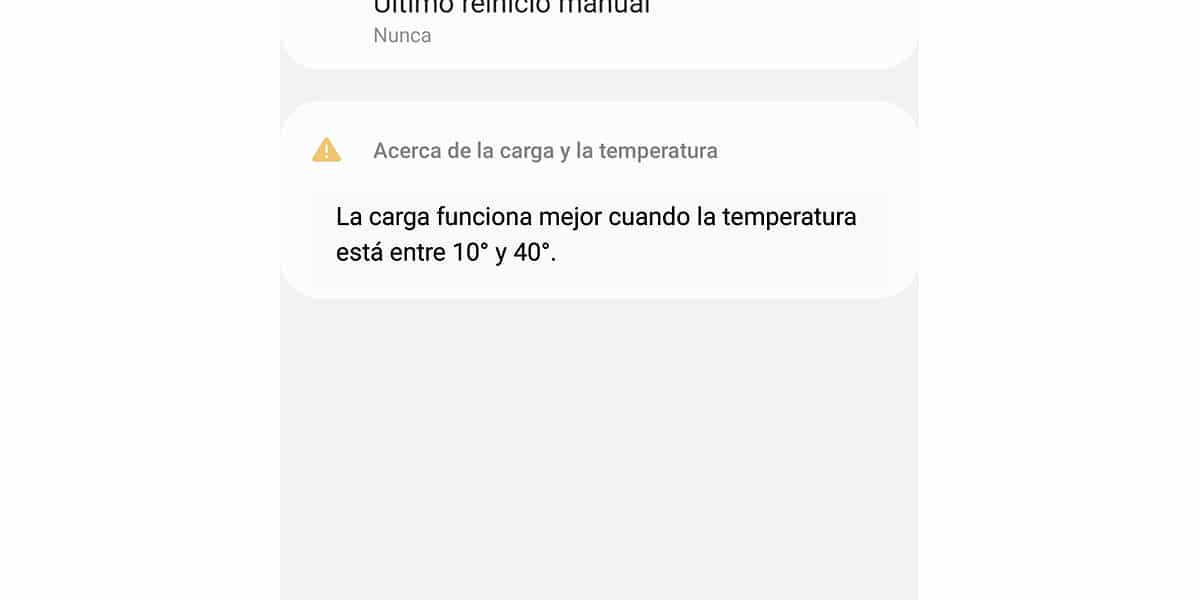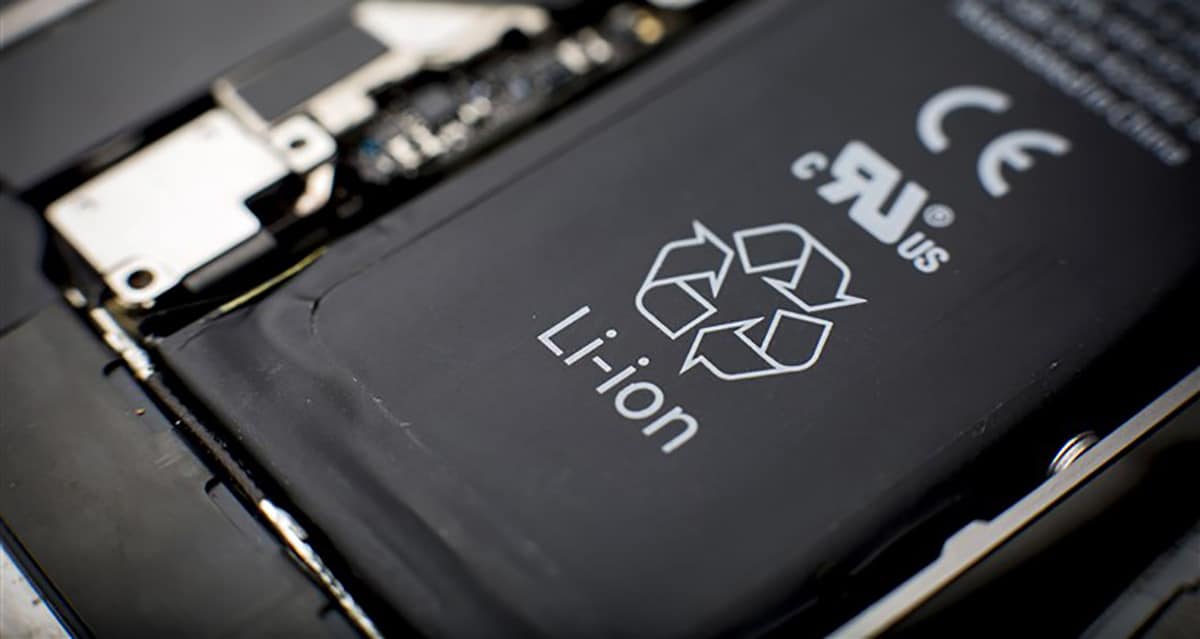
In these days when we are breaking low temperature records, keep in mind that the battery from your mobile can disappear almost in a jiffy due to their own technology. That is to say, that as it passes 15 degrees below zero, be careful if you need to use your mobile.
You would not be the first to charge your phone 100% to go on a trip with a very low temperature, and when you need to use the GPS to reach your location, suddenly you find yourself with the phone turned off without battery and without the possibility of charging it until you stop at the next gas station or service station.
Why does the battery drain so fast?

So that we understand each other quickly, the Current lithium-ion battery technology relies on a series of chemical reactions so that they work. It is those very low temperatures that slow down or simply "freeze" these reactions.
In fact, some phones like Samsung's, even the Galaxy Note10 +, mentioned in the maintenance report, and related to charging time, that it works best when the temperature is between 10 and 40 degrees.

If we go a little more in detail into the chemistry that lives in the lithium-ion batteries that we all use in our mobiles, Battery discharge proceeds as lithium ions move through the solution from one side of the end of the battery, which would be the anode, to the other side of it and what is known as the cathode. When the battery is fully discharged, all those ions are embedded in the anode.
The funny thing about all this is that the reason why the cold is detrimental is still unknown battery. In 2011, a team of battery engineers reported in the Journal of The Electrochemical Society (a journal specializing in the field of electrochemical science and technologies) that the mechanisms that influence the low performance of this type of battery are still unknown.
Do not charge your phone with very low temperatures or already "frozen"

Now, if we are in the position explained a little in detail about how all those ions are now found on the side of the battery that we call the cathode, don't even think about trying to load itas the upload process might fail unexpectedly.
Here what we have to do is have a little patience and take the phone to a place or establishment where we have less low temperatures. Magically, the battery of our mobile would return to its natural state having the same percentage of charge.
Stephen J. Harris, a chemist at Lawrence Berkeley National Laboratory, under normal temperature conditions, by applying an electric current or charge to the battery would "carry" the ions back into the pores on the graphite of the anode. But when the battery is let's say "frozen," those ions are unable to get into the graphite and come out of solution to coat the surface of the graphite as solid lithium.
Now, if we try to charge the mobile phone at that very moment, with the battery "frozen", the process could ruin performance and life battery.
That is, and to understand each other more easily, when the battery of our phone returns to a normal temperature, the "ions" will return to their place and the load percentage returns to its state.
So if you have to need your mobile to move along that route you want to travel with all those snowy landscapes, and you need it to be able to position yourself, think twice; Especially if you walk in areas that exceed 15 degrees Celsius below zero; Do not miss this tutorial on how to clean your mobile.
